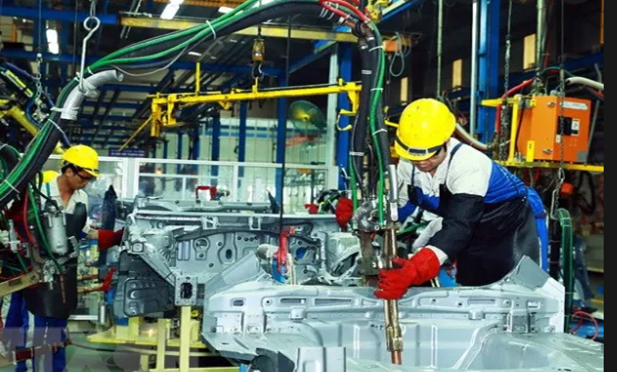untries

Starting to develop in the 1960s, the Thai auto industry has now become one of the world’s largest automobile manufacturers. Thailand, starting by building an overall strategy and concentrating resources and advantages for the development of the auto industry in each period.
Mr. Nguyen Trung Hieu, Head of Strategic Planning Department of Toyota Motor Vietnam: “Their policy has a chapter to focus on some models such as semi-talented cars and thereby build a new model. This vehicle becomes a mainstream vehicle and has a large enough output, when the output is large enough, it will automatically attract investors to invest in manufacturing components for this model and reduce costs and increase capacity. compete.”
Mr. Nguyen Hoang, Chairman of Hanoi Supporting Industry Enterprise Association: “Thailand can now develop more than 80% of the localization of the auto industry”
Ms. Truong Thi Chi Binh, Vice President, General Secretary of the Vietnam Association of Supporting Industries (VASI): “In Thailand, for example, they support both the market and the enterprises producing components and spare parts, ie. they do not create the market enough, they also directly support people in terms of capital, land and factories, technology, human resources and their administrative procedures are very good, extremely advantageous. preferential treatment for private enterprises.”
Another factor that makes foreign investors feel secure to invest in the Thai auto industry is a stable policy that facilitates market entry such as tax incentives and tax exemptions not only for the manufacturing industry but also for the industry. for research and development activities. About 10 years ago, the Thai government developed a policy for small eco-friendly cars.
Another country that also has a developed auto industry worth learning from is South Korea. One of the advantages of the Korean auto industry is that there is a balance between cost and quality. However, this cannot be successful if Korea does not have a perfect supply chain. To build a developed industry like today, Korea has spent hundreds of millions of dollars to support industry and supporting industries. Investment in developing the domestic manufacturing industry is a consistent policy of the government of this country.
With the auto industry, Korean automakers have a very close relationship with suppliers, which helps Korean auto companies save costs and significantly reduce risks in the process. research, development and production. When the auto industry began to form in Korea, in order for domestic manufacturers to quickly grasp foreign technology, the Korean government did not allow foreign manufacturers to enter the market if no joint ventures with domestic manufacturers. Therefore, domestic enterprises have gradually acquired high technology from foreign partners with leading auto industry such as Japan and the US.
Mr. Hong Sun, Vice President of the Korean Business Association in Vietnam: “Korea has also done the same, first as a joint venture, or by acquiring foreign companies that already have good technology. doing business for a while, then gradually transferring technology, moreover, we will continue to have to invest, research and develop to be able to become a leading auxiliary company in the world and the turnover of the company. Ancillary investors are also very large, not only small businesses but some large companies with more than billions of dollars.”
In addition to the strategy of attracting foreign technology, Korea also pays great attention to research and development activities to ensure sustainable development. With strong policies, plus the advantage of entering the market very early, the automobile industry of Thailand and Korea has made miraculous development steps, quickly rising to the top of the world.



